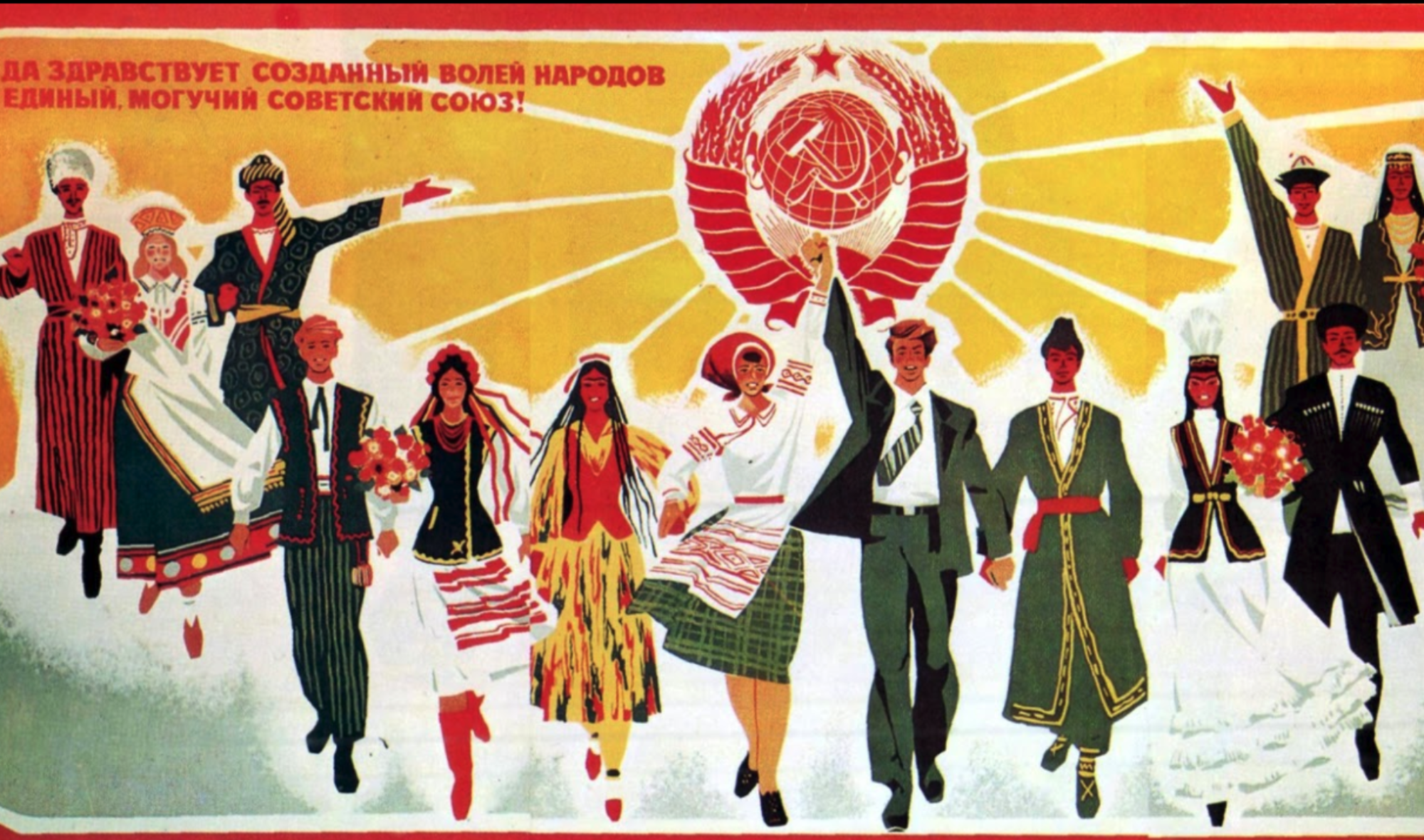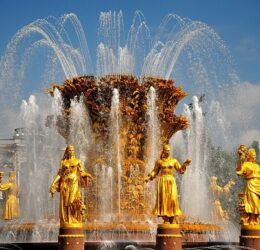When the Soviet Union took power in Turkmenistan, they encouraged the Russification of many Turkish traditions. Central Asian groups were encouraged to abandon their epic-style poetry for short stories and novels and to adhere to European style symphonies and operas (some of which included traditional instruments). However, they were still encouraged to create their carpets – under a new set of expectations, such as putting Lenin on them. They were taken and hung up in museums, instead of being utilized as a tool that was considered “primitive”. Similarly, in the film Turksib, the Turkish people are shown as primitive farmhands and herders, a nomadic population of people with no real direction or loyalty to any state. When the Soviet Union comes to build the railroad, though, the Turkish people become hard workers for the Union, “taming” the land by building the railroad. In both situations, it seems that the Soviet Union believes they are “saving” the Turkish people from their nomadic and primitive lifestyle.
Some important questions to note about the text/film:
- Why were the Turkish people encouraged to create carpets, but not their traditional style music and poetry?
- Could the carpets post Soviet takeover even be considered traditional when compared to those made before Soviet intervention?
- In the film Turksib, the footage of the railroad is juxtaposed with footage of the desert, camels, sheep, and the dry steppe. Why do you think Turin chose to show this footage?

